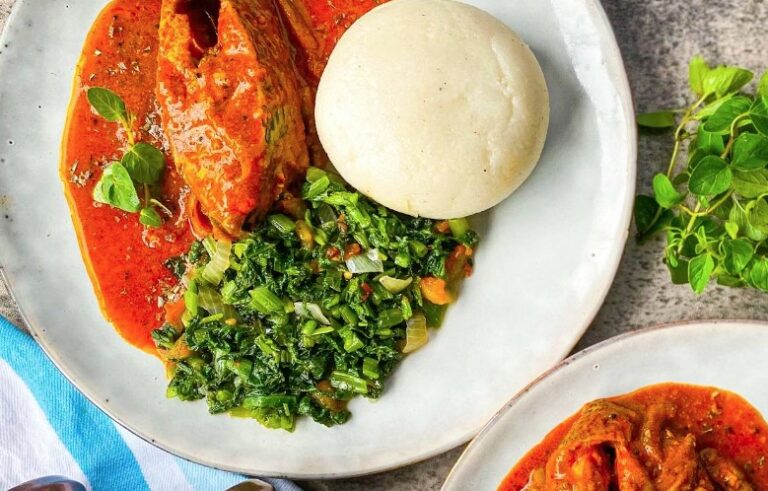Introduction: Zambian Cuisine and Seafood
Zambian cuisine is a reflection of the country’s diverse cultural heritage and natural resources. The landlocked nation relies heavily on maize-based dishes, such as nshima, which is a staple food made from ground cornmeal. However, the cuisine also includes a wide variety of meats, vegetables, and fruits, which are used to create flavorful stews, soups, and sauces.
While Zambia is not known for its seafood cuisine, it still has a variety of options for seafood lovers. In this article, we will explore the seafood options in Zambian cuisine and understand how they are incorporated into traditional dishes.
Geographic Constraints: Landlocked Zambia
One of the biggest challenges of seafood in Zambia is its geographical location – it is a landlocked country without direct access to the ocean. This means that fresh seafood is not readily available and can be expensive to import. However, Zambia is blessed with many freshwater bodies, including the Zambezi River and Lake Kariba, which contain various species of freshwater fish.
Freshwater Fish in Zambian Cuisine
Freshwater fish is a significant part of Zambian cuisine, and it is commonly used in stews, soups, and grilled dishes. Species such as tilapia, bream, and catfish are popular choices and are often served whole or filleted. These fish are usually marinated in a mixture of spices, including ginger, garlic, and chili, and then cooked in a tomato-based sauce. One of the most popular fish dishes in Zambia is the Kapenta, which is a small freshwater sardine that is dried, salted, and fried.
Imported Seafood in Zambian Cuisine
While fresh seafood may be challenging to come by, Zambia does import frozen seafood from neighboring countries such as South Africa and Mozambique. Imported seafood, including prawns, calamari, and octopus, is often used in high-end restaurants and hotels, where prices are not always reasonable for the average Zambian.
Seafood-Inspired Dishes in Zambian Cuisine
Seafood-inspired dishes are also prevalent in Zambian cuisine, where ingredients such as coconut, lime, and ginger are used to add a coastal flavor. For example, one popular dish is the coconut fish curry, which combines tilapia or bream with coconut milk, ginger, and curry powder. Another is the seafood paella, which is a rice dish that includes chicken, chorizo, and prawns.
Conclusion: Limited Seafood Options in Zambian Cuisine
In conclusion, while Zambia may not boast a wide variety of seafood options due to its landlocked location, it still has a range of dishes that incorporate freshwater fish and imported seafood. With the country’s cultural influence and natural resources, Zambian cuisine continues to evolve, including adding a coastal twist to traditional dishes. Whether you are a seafood lover or not, Zambia’s cuisine offers a range of unique and flavorful dishes that are worth trying.

